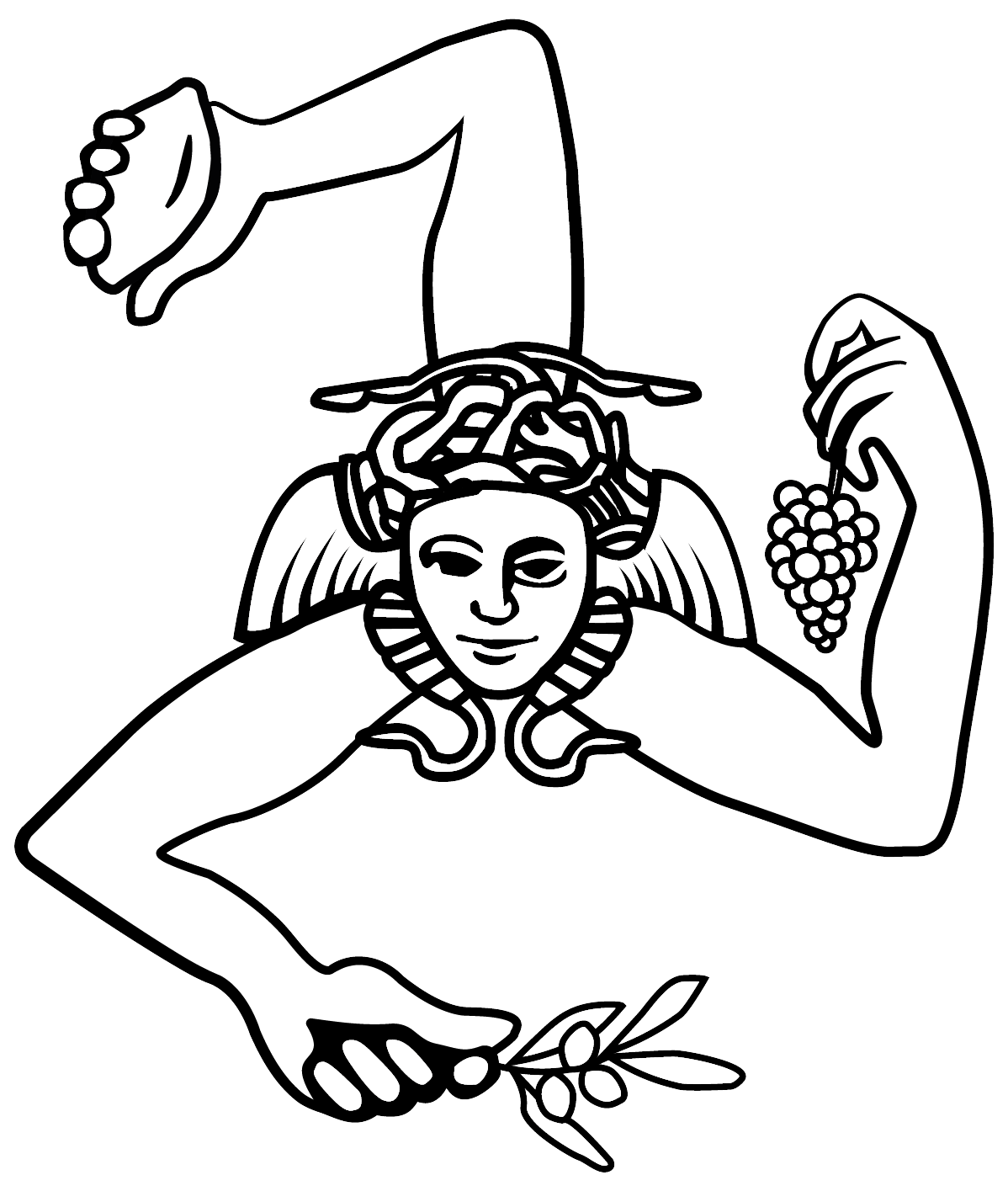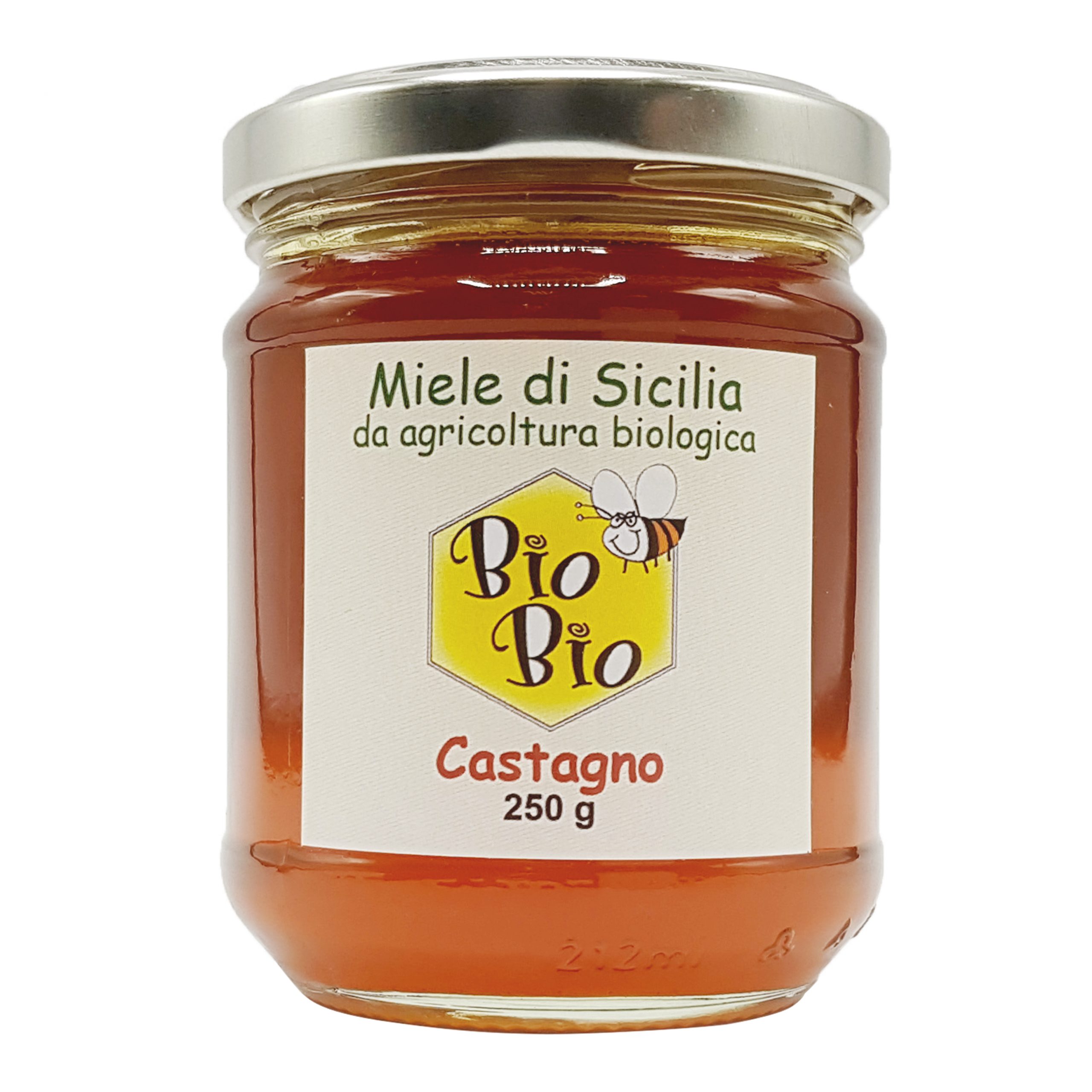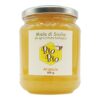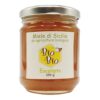Bio Bio Organic Chestnut Honey
Read More
Chestnut honey is derived from Chestnut flower in summer, territories of Etna mountain in east Sicily.
Harvest areas : Etna mountain south-east side, 800M above sea level.
Characteristics : Honey with a dark color, aromatic and slightly sweet taste that tends to be bitter.
Sicilian honey owes its legacy to Ancient Rome. In antiquity, wildflowers were the main source of nectar in Sicily, and in most other regions. The honey known in Italy as millefiori (“thousands of flowers”) reflects this ancient heritage. However, widespread cultivation of citrus, lemons and oranges, was introduced from North Africa by the Arabs in the 13th century, which profoundly altered the composition of honey in Sicily. Also, the Arab invasion brought in sugarcane and as a consequence the production of honey decreased drastically having repercussions on traditional cuisine that inevitably was adapted to the use of sugarcane instead of honey.
In recent years in Sicily the honey has had a resurgence in popularity albeit with a quite limited production. It remains a high quality niche product.
Health benefit
Known for its anti-inflammatory and anti-bacterial properties, it is a source of proteins, vitamins B and C and mineral salts like potassium and iron. Suitable for anaemic, tired and asthenic people and those with poor circulation.
Usage
Good for drizzling on cheese, on toast with butter, coupled with pear, semifreddo (iced cake), marinate meat, sweeten coffee.
| Weight | N/A |
|---|---|
| Spec |
Be the first to review “Bio Bio Organic Chestnut Honey” Cancel reply
Related products
Seasonal Fruit
Promotions
Seasonal Fruit
Seasonal Fruit














Reviews
There are no reviews yet.